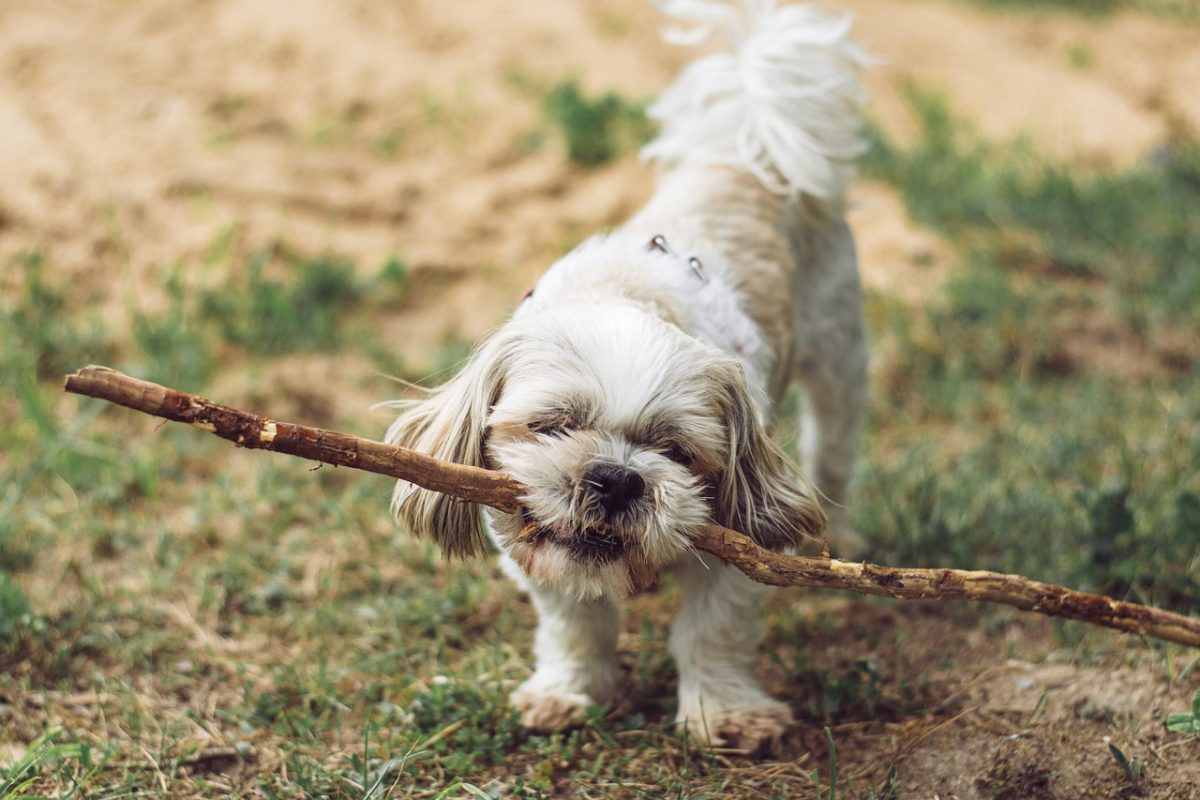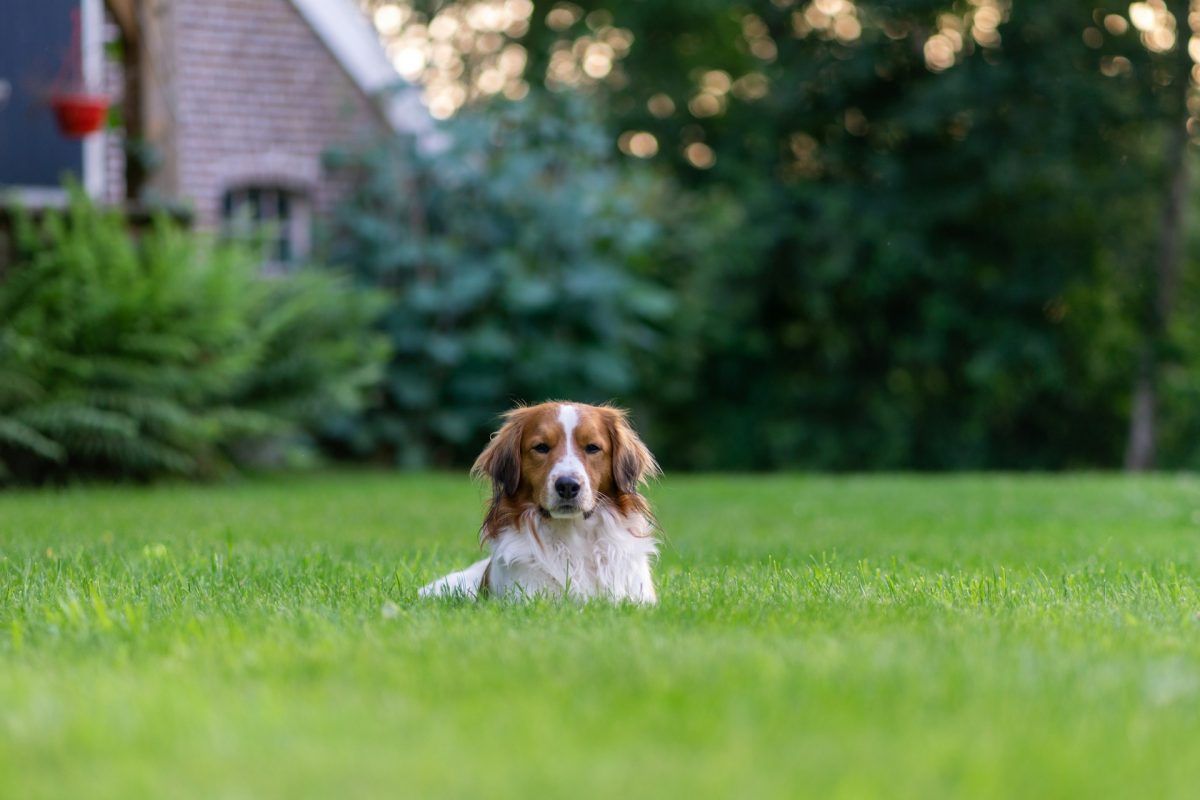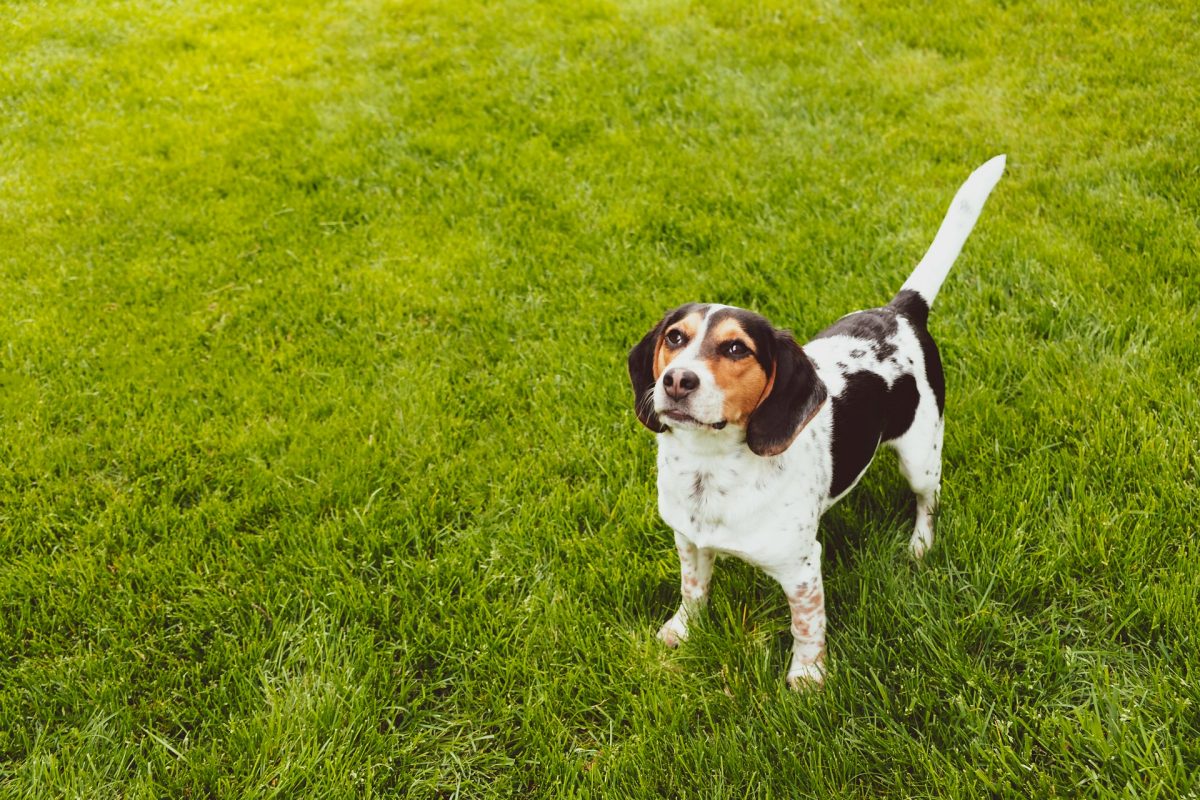It’s a common scene: you take your dog outside for a walk or playtime, and just when you think things are going smoothly, they start sniffing everything in sight, darting around, or staring off into space. It can be frustrating, especially when you’re trying to get somewhere or simply enjoy some time together. But understanding why your dog gets distracted outdoors can help you address the issue in a calm and positive way.
Dogs Are Naturally Curious Creatures
One of the biggest reasons dogs get distracted outside is because they’re naturally curious. Unlike us, who might focus on our destination, dogs are highly attuned to their surroundings. Every scent, sound, and movement can trigger their attention. Dogs use their sense of smell as their primary way of exploring the world, so when they catch a whiff of something interesting, like a passing dog’s scent or even a lingering piece of food, they’re drawn to investigate.
Excitement and Energy
Sometimes, the distraction comes from pure excitement. The outdoors is full of new stimuli, and your dog may be overwhelmed by it all. They might not know where to start and could rush from one thing to another, trying to take in every detail. High-energy dogs, in particular, can have a tough time focusing, especially if they don’t get enough physical or mental stimulation earlier in the day. It’s their way of channeling all that pent-up energy.
Fear or Anxiety
For some dogs, outdoor distractions may be tied to anxiety. If your dog is scared of certain noises, like traffic, other animals, or people, this can make them hyper-aware of their surroundings. They may get fixated on potential threats, rather than the walk or game you planned. Being aware of their body language and seeing how they respond to different triggers can help you understand whether fear is at play.
How to Manage Outdoor Distractions
Consistent Training
Training your dog to focus on you during walks is one of the best ways to reduce distractions. Start by practicing basic commands, such as “look” or “focus,” and reward your dog when they respond. Consistency is key— the more you reinforce these behaviors, the easier it will be for them to tune out distractions and focus on you.
Leash Training
If your dog tends to pull toward distractions, leash training can help. Use a short leash and try not to allow them to roam freely, especially in high-distraction areas. Redirect their attention with treats or toys when they start to wander. This helps them learn to stay closer to you without pulling or getting distracted.
Regular Exercise
Make sure your dog gets enough exercise before heading outside for walks or play. If your dog is tired, they’ll be less likely to dart off in all directions. A good play session or jog can help burn off some of that excess energy, so your dog is more focused during outdoor time.
Gradual Exposure
If your dog struggles with fear-based distractions, gradually expose them to new environments at a pace they’re comfortable with. Start with quiet, low-stress areas and slowly introduce more stimulating environments. This helps build your dog’s confidence and allows them to focus better.
Be Patient and Understanding
It’s important to remember that dogs don’t always get distracted on purpose. They may simply be overwhelmed by their surroundings or driven by instinct. Being patient and understanding will go a long way in helping your dog focus and enjoy their time outside with you.
By acknowledging why your dog gets distracted and taking proactive steps, you can turn outdoor time into a more enjoyable experience for both of you.



